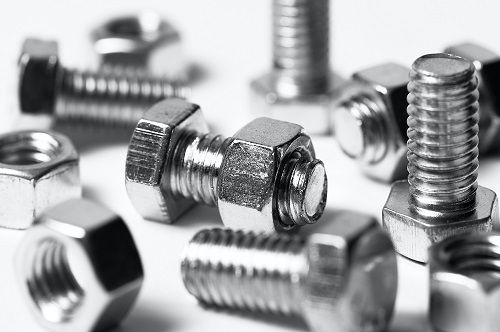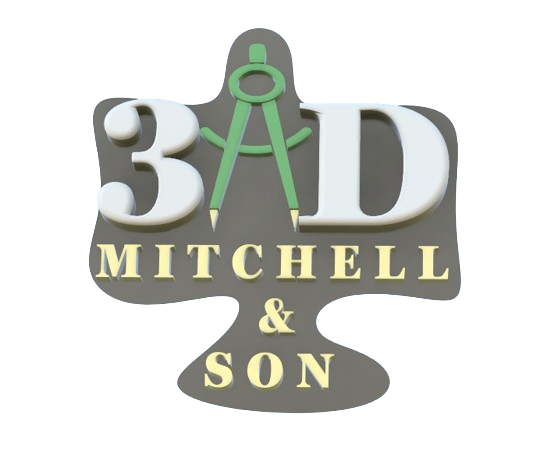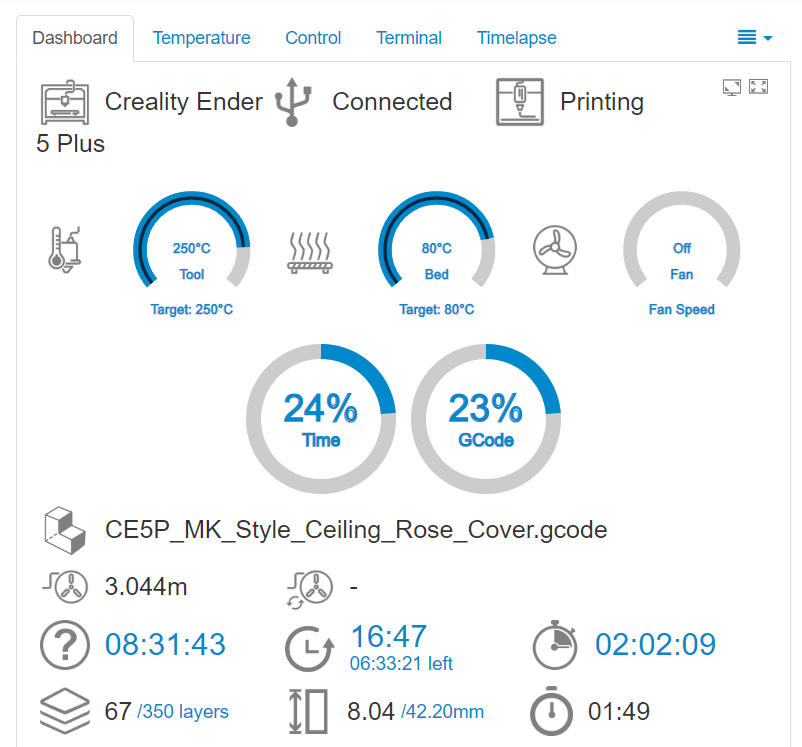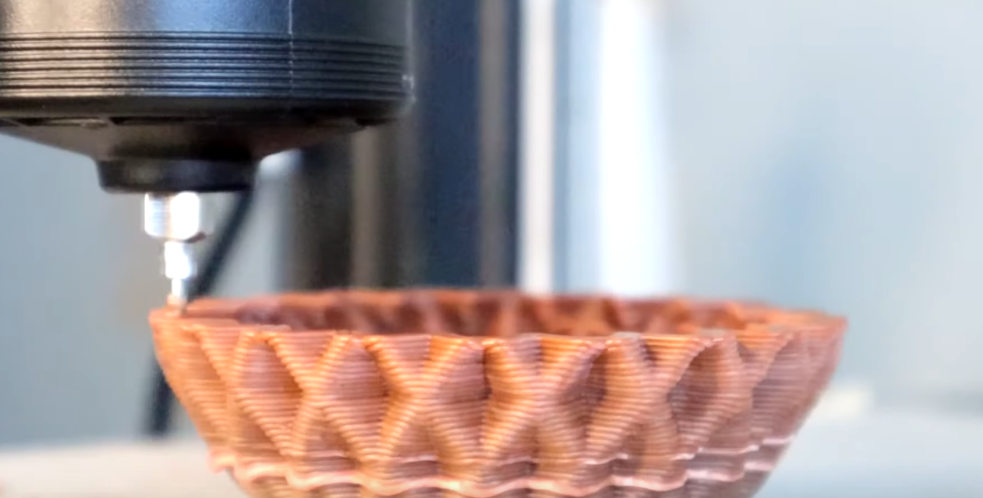Understanding Stainless Steel: Grades, Properties, and its Versatility in 3D Printing
Understanding Stainless Steel: Grades, Properties, and its Versatility in 3D Printing

Stainless steel is a widely used material for its strength and corrosion resistance, making it ideal for a variety of applications. With its versatility and properties, stainless steel is often used in 3D printing for its durability and cost-efficiency.
However, there are different grades and properties of stainless steel, making it important to understand the differences between them. With the right knowledge, designers and engineers can make the most of stainless steel, taking advantage of its use in 3D printing to create durable, long-lasting parts and products.
By understanding the different grades, properties, and its versatility in 3D printing, designers and engineers can make sure they get the most out of their stainless steel, creating products that are both durable and cost-efficient.
Definition of stainless steel
Stainless steel is a type of steel that is made with a minimum of 10% chromium. With the addition of chromium, stainless steel gets its corrosion resistance, making it ideal for a variety of applications.
Stainless steel is often referred to as a “ corrosion-resistant steel” due to the chromium in the steel, which helps inhibit corrosion.
Stainless steel can be used in environments where corrosion is a concern, including food and beverage applications. Additionally, stainless steel can be used in hot or cold environments, making it a widely useful material.
Stainless steel is often used in 3D printing due to its durability and cost-efficiency. Stainless steel is a versatile material and can be used in many different applications.
The most common use of stainless steel is in kitchenware, such as pots, pans, and utensils.
Stainless steel can also be used for other appliances and equipment, such as engine parts and medical equipment.
Stainless steel is often used in building construction, including beams and girders and is also used in architectural applications.
Different grades of stainless steel
As with all types of steel, stainless steel comes in many different grades. The main difference between grades is the amount of chromium present in the steel, which affects its corrosion resistance.
Since stainless steel is made with a minimum of 10% chromium, its levels of corrosion resistance can vary, and this can be used to grade the different types of stainless steel.
There are 13 different grades of stainless steel and each grade is given a “grade number”, which is represented by two letters followed by two numbers.
The two letters represent the two main alloying elements in stainless steel, which are chromium (Cr) and nickel (Ni).
The two numbers represent the percentages of chromium and nickel within the stainless steel.

Physical and chemical properties of stainless steel
Stainless steel is an alloy that is made with a minimum of 10% chromium. The chromium in the stainless steel gives it corrosion resistance, making it ideal for a variety of applications.
- Tensile Strength: The forces that act on a material when it is pulled apart. It is a measure of the amount of force needed to overcome the internal forces in a material and break it. In terms of stainless steel, it is the amount of force that is needed to break the steel by pulling apart the ends of the material. The higher the tensile strength, the greater the resistance to breakage.
- Yield strength: The amount of force needed to deform a material. This value is important because it tells engineers what is the minimum force that is needed to deform the material. In terms of stainless steel, it is the amount of force that is needed to deform the steel when the material is deformed beyond its original shape. The higher the yield strength, the better the resistance to deformation.
- Corrosion Resistance: The ability of a material to withstand the process of corrosion. The higher the corrosion resistance, the longer the material will last and the less it will be affected by corrosion. In terms of stainless steel, it is the ability to be less affected by corrosion.
Stainless steel is made with a minimum of 10% chromium, which gives it a higher level of corrosion resistance.
Different types of stainless steel finishes
When designing parts or choosing the type of stainless steel to use, it is important to consider the finish on the material. Finishes on stainless steel can be different, including a brushed finish, polished finish, satin finish, and others.
Each finish has different properties, so it is important to make sure the finish is right for the application. The brushed finish on stainless steel is a rough surface on the steel with a pattern of parallel lines.
The brushed finish works well in many applications, including kitchenware and equipment. The polished finish on stainless steel is a smooth surface with a mirror-like appearance.
The polished finish is often used in architectural applications and other decorative uses. The satin finish is a smooth surface that has a little bit of a pattern on the surface.
The satin finish can be used for a number of applications, including kitchenware and decorative uses.
There are other finishes on stainless steel that are used in different applications. It is important to consider what finish is best for the application when designing parts for stainless steel for 3D printing.

Versatility of stainless steel in 3D printing
Stainless steel is an alloy that is made with a minimum of 10% chromium. The chromium in the stainless steel gives it corrosion resistance, making it ideal for a variety of applications.
- Weldability: The ability to join pieces of stainless steel together with a weld. The weldability of stainless steel varies depending on the grade of stainless steel. All grades of stainless steel are weldable, but there are some grades that are easier to weld than others. When welding, it is important to consider the type of stainless steel being welded, because different grades have different levels of weldability.
- Formability: The ability to change the shape or form of a material. The formability of stainless steel varies depending on the grade of stainless steel. Generally, all grades of stainless steel are formable, but some grades are easier to form than others.
When designing parts for 3D printing with stainless steel, it is important to consider the formability of the material, because different grades of stainless steel have different levels of formability.
Challenges with stainless steel for 3D printing
When designing parts for 3D printing with stainless steel, it is important to consider the challenges of working with stainless steel. When designing parts for 3D printing, it is important to consider the properties of the material being used.
When designing parts for 3D printing, it is important to consider the properties of the material being used. When it comes to designing parts for stainless steel, there are a few challenges designers and engineers should be aware of.
- Weldability: When welding, it is important to consider the type of stainless steel being welded, because different grades have different levels of weldability.
- Formability: When forming, it is important to consider the grade of stainless steel being used, because different grades have different levels of formability.
Examples of stainless steel parts created using 3D printing
Stainless steel can be used in many different applications, including kitchenware, equipment, and architectural applications.
When designing parts for 3D printing with stainless steel, it is important to consider the type of grade of stainless steel being used.
When designing parts for 3D printing with stainless steel, it is important to consider the type of grade of stainless steel being used. There are many different grades of stainless steel, and each grade has different properties. With the different grades, it is important to choose the right grade of stainless steel for the application and the design.
For example, when designing a decorative piece for a building, it is important to choose a higher grade of stainless steel for the design, so it will last longer and be more durable.
When designing parts for 3D printing with stainless steel, it is important to consider the challenges of working with stainless steel, such as weldability and formability.

Tips for working with stainless steel in 3D printing
When designing parts for 3D printing with stainless steel, it is important to consider the different grades and the type of stainless steel being used for the design. It is also important to consider the properties of the material, such as weldability and formability.
It is important to understand how the material reacts to certain things, such as heat and how it is used in the 3D printing process. When designing parts for 3D printing with stainless steel, it is important to consider the design of the part and the type of stainless steel being used.
When designing parts for 3D printing with stainless steel, it is important to consider the post-processing techniques and the type of finish that will be applied. Additionally, it is important to consider the 3D printing technology being used, as this will affect the quality of the final product.
Conclusion
Working with stainless steel in 3D printing can be challenging, but with the right design and post-processing techniques, it is possible to create high-quality parts.
It is important to consider the different grades of stainless steel and the type of finish that will be applied. Additionally, it is important to understand how the material reacts to certain things, such as heat and how it is used in the 3D printing process.
By considering these factors, it is possible to create parts that are both weldable and formable.
About Us
All Rights Reserved | Mitchell and Son Additive Manufacturing Ltd | Registered Company in England and Wales | Company Number : 12038697
| Public Liability Insurance no. 14615097
Insurer: AXA XL









